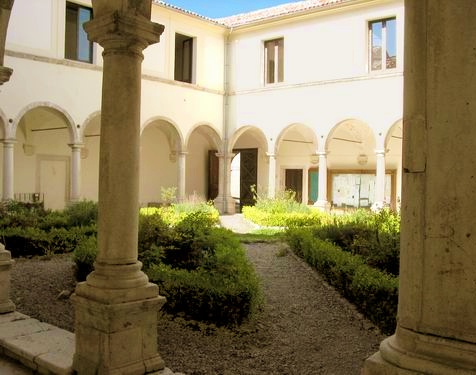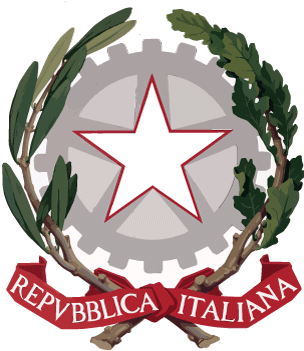First, choose an event o a place to visit
Select the date from the calendar and indicate the number of people to send your booking request.
You will be contacted by our staff. Thank you.
Fill out the form with your data to confirm your booking.
Thank you. Your booking code is {{codice}}, we have sent a summary email to the address {{email}}

14th century
The convent of Sant’Agostino was founded in the 14th century on the site of an ancient church dedicated to San Matteo. It was commissioned by the Sanseverino nobles, in whose honor the Augustinian friars were required to celebrate eight weekly masses. The Church has a rather simple facade, divided into two orders.
In the upper part there are two large windows with round arches, framed by a band of smooth plaster. Below, raised by steps above street level, is the entrance framed by a fifteenth-century stone portal. Inside, immediately after the entrance, a wall structure like a stage supports the eighteenth-century pipe organ, now irrecoverable. The rectangular hall houses on the side walls, within the thickness of the wall, four altars with relative niches, at the back is the presbytery with the main altar in the centre. A small door leads to the bell tower, a work made of stone masonry; it has three tiers of wooden galleries and the bells (two small and one large) are placed on the highest one.
Moving on to the cloister of the convent, it should be noted that it constitutes the main element from an architectural point of view as well as the most suggestive work of the complex. It occupies an area of over 400 square meters and has a sixteenth-century portico, a remake of a pre-existing one, with a Padula stone floor signed by Andrea Carrara (1748) and supported by twenty-four Doric columns, also in local stone. A large stone staircase connects the cloister with the upper floor, where the cells of the Augustinians were located. The convent was suppressed in the early 1800s with the Napoleonic laws. Today it is the Town Hall. VI century
–
–
Padula, famous throughout the world for the monumental Certosa di San Lorenzo, a UNESCO heritage site, is rich in artistic and architectural elements, made up of churches, streets, statues and votive aedicules also made of local stone which bear witness to 1100 years of life. Therefore, it is not possible to overlook the context in which the Carthusian site was built and above all to overlook two fundamental elements: the matter and the spirit of the Certosa. Discover the itineraries through the territory of Padula.



